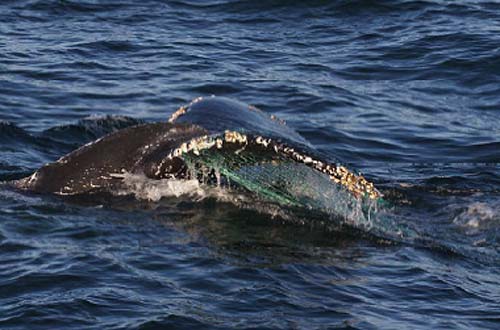
SeaWorld staff members use a tube to feed a special formula to a beluga whale calf Wednesday at the marine-themed park.
Sure, she’s cute. Come on, she’s a baby beluga whale. She’ll even swim on her back and blow bubbles.
Now nearly 2 months old, she weighs a healthy 139 pounds. Who couldn’t fall for this blubbery bundle of joy?
Well, her mother for one. Immediately after giving birth, she ignored her calf. SeaWorld San Diego — poised to celebrate the new addition — knew it had a problem.
Suddenly, it had to play mom.
The park’s marine mammal specialists have been doing so since her June 23 birth, caring for the calf in a pool behind the park’s beluga exhibit.
“We knew within a minute. It’s so unusual. Almost all the time, the animals here show interest” in their offspring, said Bill Winhall, assistant curator for mammals.
SeaWorld San Diego had a second problem. Beluga births at the facility are very rare. Only one other calf has been born there since 1997, when such whales first were put on exhibit. That occurred two years ago, and she was sickly at birth. She died soon after.
So while the park has a lot of experience in saving a wide range of sea mammals, it didn’t have much when it came to belugas.
“We’re ecstatic,” Winhall said about the success so far with their latest calf, which still needs to be named. “And we’re tired.”
No wonder.
They’ve had to hand-feed the calf with a syringe containing a special mixture of milk, fish oil, ground-up fish and heavy whipping cream. The cream is not for flavor. It’s got fat.
The staffers do this every two hours, 10 times a day, seven days a week. They have to get in the pool, gently pull their beluga to the side, hold her and put the tube into her mouth.
Actually, the feeding has been getting a lot easier.
For the first week, before they created the special formula, the marine specialists had to obtain some of the mother’s breast milk by using a pump. But it was important: They wanted the calf to get the all-important antibodies.
They stayed with the calf 24 hours a day.
Then, they got lucky. They introduced another adult female beluga to the calf, hoping the two would bond. Belugas are extremely social animals and it was vital that the newborn get such stimulation. So in swam Allua, a beluga whale that the park has on loan from the Vancouver Aquarium.
She had a history of befriending younger belugas. And wouldn’t you know it: Allua and the calf hit it off.
They glide together in the pool. One Sea World official calls Allua “auntie.”
In coming weeks, the calf will be introduced to the other three adult belugas at SeaWorld San Diego, including Ruby, her mother. Ruby also gave birth to the calf that didn’t survive.
Winhall has no idea why she ignored her calf at birth. He said the phenomenon also occurs in the wild.
At least one scientist questions that. Naomi Rose, a marine mammal expert with the Human Society of the United States, said a whale in the wild can be orphaned, but it’s normally because of a traumatic event such as a storm separating it from the mother.
A mother ignoring a calf is something that Rose doesn’t believe has been observed in the wild. “I can’t say that it hasn’t happened, but they can’t say it has happened.”
SeaWorld San Diego’s beluga exhibit is not centered on breeding. It’s an educational and conservation program, Winhall said. The exhibit does include two male and two female whales, and if they are so inclined ...
That the belugas are having sex shows the exhibit offers a healthy, stress-free environment, Winhall said.
It also means a surprise package can come along. A routine blood test in early 2009 revealed that Ruby had, well, that special glow.
The gestation period is 14 to 15 months, so the park had a lot of time to get the nursery ready. When the big moment arrived, SeaWorld officials were excited.
Little did they know they were about to take on a pretty arduous responsibility.
The little calf is still mostly gray. She won’t take on the familiar white beluga look for several years.
Soon, she’ll be eating fish. And soon — in maybe a couple of months — she’ll join the others in the park’s Wild Arctic exhibit.
Let’s hope mom has read some parenting books by then.
http://www.signonsandiego.com/news/2010/aug/11/seaworld-raising-first-newborn-beluga-whale/
 NOAA Fisheries Service reports that the Blainesville Beaked Whale rescued Aug. 16 off Maui died at 1:50 p.m. Sunday, Aug. 29 despite valiant efforts by staff and volunteers.
NOAA Fisheries Service reports that the Blainesville Beaked Whale rescued Aug. 16 off Maui died at 1:50 p.m. Sunday, Aug. 29 despite valiant efforts by staff and volunteers.












